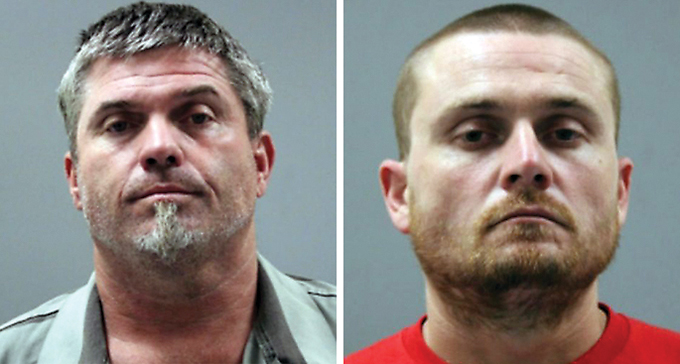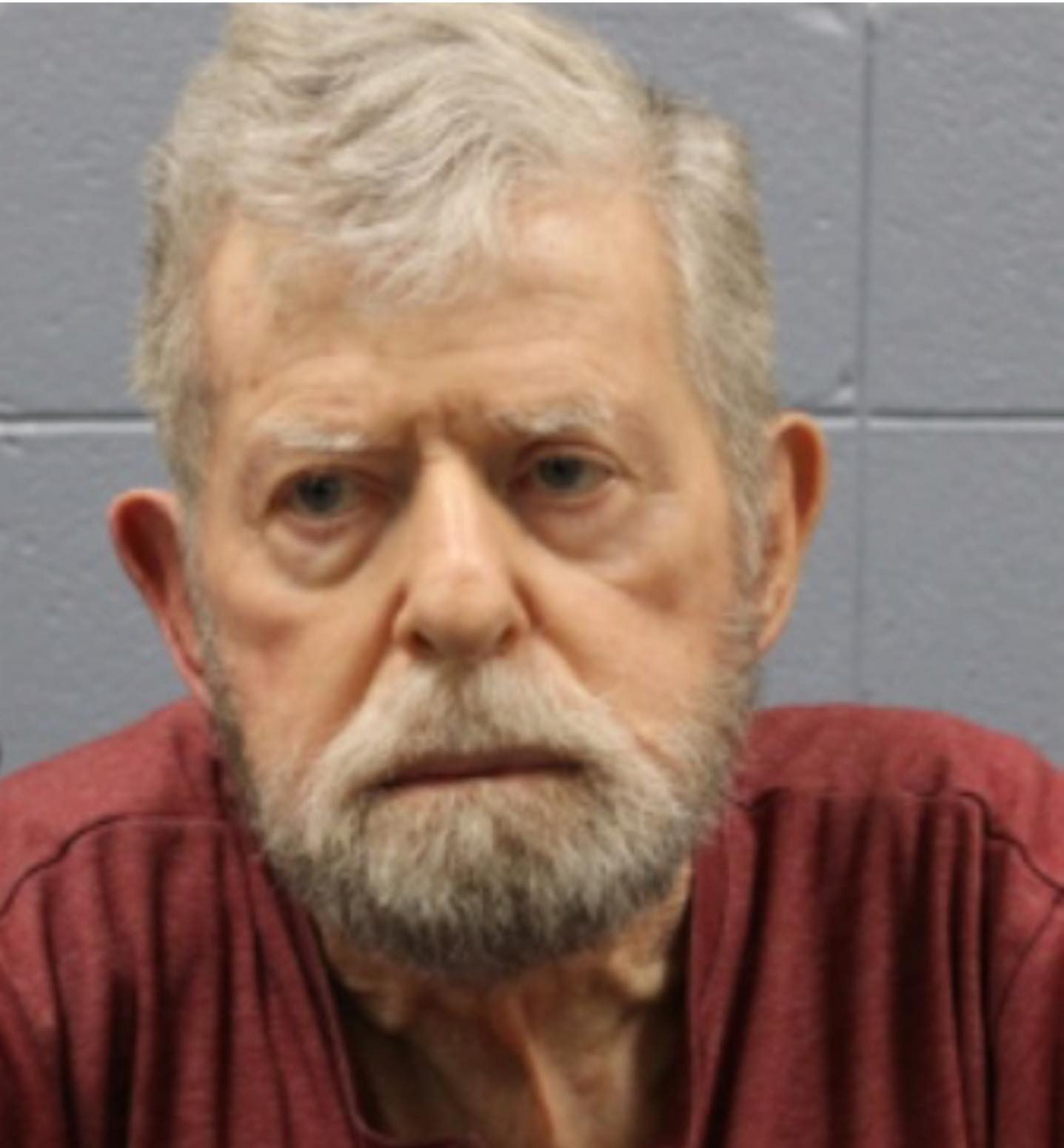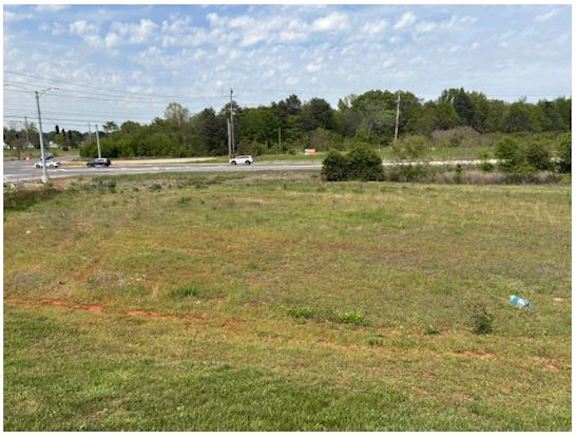Sisk mistrial leaves unanswered questions: Part two, deaths and confession
Published 3:00 am Thursday, September 22, 2022

- Mason Sisk walks into the courthouse on Friday, Sept. 16, 2022.
After the mistrial ruling in Mason Sisk’s capital murder trial, questions remain about the boy’s state of mind at the age of 14 when his entire family was shot to death as they lay sleeping in their Elkmont home on the night of Sept. 2, 2019.
Circuit Court Judge Chadwick Wise granted a defense motion for mistrial after the FBI returned transcripts of texts recovered from Mary Sisk’s phone over the weekend that could possibly have bearing on the case.
Trending
In court last week, more information was released about his family life and background leading up to the deaths of his father, stepmother, and three siblings as well as Mason’s reactions to law enforcement on the day they were found.
After calling 911, Mason told responders that all his family had been killed, that he heard five shots while he was playing video games in the basement and when he went up to the first floor to search for the cause, he heard someone fleeing out the front door and saw tail lights retreating down the driveway.
Mason’s account of the night’s happenings soon showed discrepancies. That night, after Limestone County Sheriff’s deputies arrived and encountered the ghastly scene in the Sisk home, they could be seen and heard through body cameras to curse, gag, cough, and retch. Many of them were family people themselves, with wives, husbands, and young children at home. While most were seasoned lawmen and women, the horror of the sights and odors of five people shot through their heads – three of them children – would be enough to send most running out the door.
One investigator, 10-year sheriff’s Deputy Justin Fields, was the first person to arrive. While on his walkthrough of the home, he is heard offering the observation that “that kid is acting hinky. He’s either traumatized or is a suspect.” Fields radioed 17-year Deputy Brett McNatt to detain Mason as a witness. McNatt said it was at the “officer’s discretion” whether to handcuff a witness. He cuffed him and put him in the back of his patrol car.
Defense attorney Shay Golden said Mason was “low-hanging fruit” and he was immediately being treated as a suspect but not read his juvenile Miranda rights until hours later.
Former sheriff Mike Blakely said when he got the call he thought “dollars to donuts there’s no way it happened that way.” When Blakely arrived, he ordered the cuffs removed from Mason and put the teen in the cab of his pickup where they had a conversation that was not witnessed. Blakely had neither body cam nor dash cam. Mason was then allowed to walk around the site freely.
Trending
Blakely put the teen back in his truck and asked Lt. Johnny Morell, a 24-year law enforcement veteran, now employed by the Sheriff’s Department as a computer forensic expert, to follow him to the Limestone County jail. Blakely and Morell sat Mason down in an interrogation room, where they occupied three chairs around a small table. They questioned him as a witness with all of his comments captured by cameras. A deputy wiped Mason’s hands for gunshot residue.
Mason gave Blakely the access passcode to his phone and Blakely called Mason’s girlfriend, Lola Holladay, about her knowledge of firearms in Mason’s possession. She said he had a BB gun and a long gun, both of which were not functional. Blakely asked Mason why he had called his girlfriend four times before he called 911. Mason said he “didn’t know what to do.”
“Are you accusing me of killing my family?” Mason asked.
Morell said it was time for him to read Mason his juvenile Miranda rights. Mason said he didn’t need an attorney present and understood anything he said could be used against him and signed the Miranda document.
Blakely told Mason that he had worked in law enforcement for 50 years and could recognize when someone was lying. Under questioning about his home life, Mason described his parents as always fighting.
“I got fed up with it,” said Mason. “The kids were going through a lot – the arguing, Dad walked out, yeah, I killed them.”
He told Blakely and Morell that he had thought before about killing them.
“Was it your intention to shoot all of them or just Mom and Dad?” Blakely asked.
“All of them,” Mason said.
Jamie King, now a special agent with the Alabama Law Enforcement Agency, was a 9-year employee of the Sheriff’s Department at the time of the killings. He said a BB gun found on Mason’s desk in the basement was a close replica of a 9mm Baretta. He said the BB gun functioned like the Smith & Wesson used in the shootings.
“They are similar,” said King. “You insert the magazine in the bottom of the pistol. Both have safeties. The mechanics of firing are basically the same.”
Mason said that he spent a lot of time playing “Call of Duty.” King described the game as a “First Person Video Game.”
“You can see what’s out in front of you,” said King. “You’re looking down the sides of the weapon. If it’s a pistol with a slide stock, you can pretty well see how to first-person fire and reload.”
The News Courier will continue to follow the developments in this court case as it leads up to the retrial of Mason Sisk on Feb. 13, 2022.





